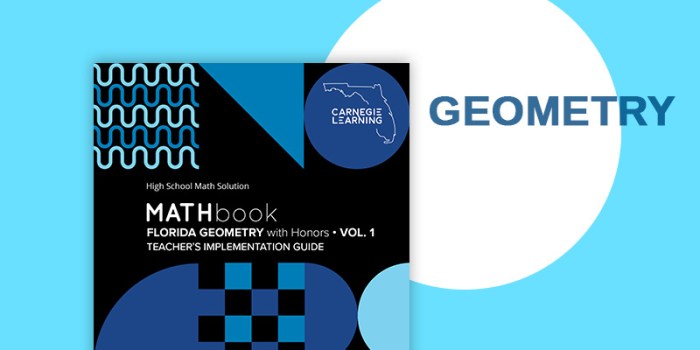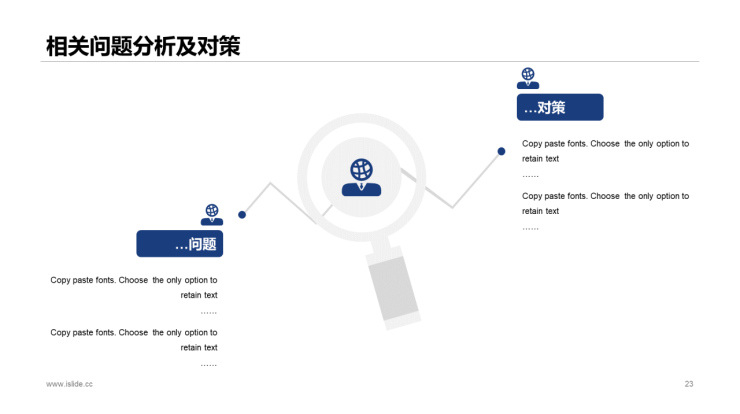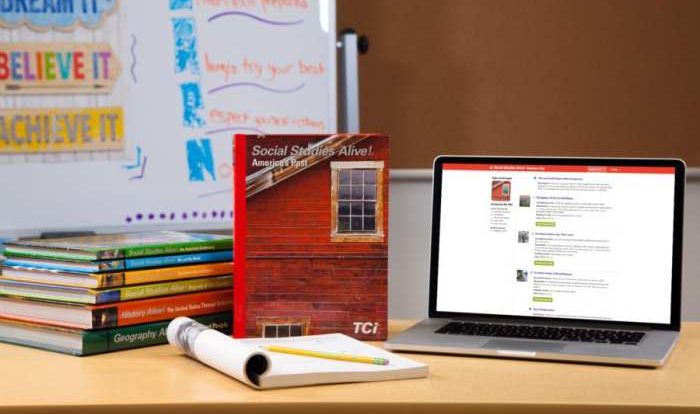Lesson outline lesson 3 answer key – Delving into the realm of lesson Artikels and answer keys, we embark on an exploration of lesson Artikel lesson 3 answer key. This guide aims to provide a comprehensive understanding of the significance, design, and implementation of answer keys, empowering educators to enhance student learning.
Unveiling the intricacies of lesson planning, we delve into the essential elements that shape effective lessons. Sequencing and organizing content strategically ensure a coherent and engaging learning experience. We examine proven lesson formats that foster student comprehension and retention.
Lesson Structure
The structure of a lesson is a critical component that determines its effectiveness in delivering knowledge and facilitating learning. A well-structured lesson ensures a logical flow of content, making it easier for students to understand and retain information.
Essential elements of a lesson include an introduction, body, and conclusion. The introduction provides an overview of the lesson, capturing students’ attention and setting the context for learning. The body is the main part of the lesson, where the content is presented and developed in a sequential and organized manner.
The conclusion summarizes the key points and reinforces the learning objectives.
Sequencing and organizing lesson content is crucial for effective learning. It helps students build upon prior knowledge and connect new information to existing concepts. When content is presented in a logical and coherent manner, students can follow the flow of the lesson more easily and retain information more effectively.
Effective Lesson Formats
There are various effective lesson formats that teachers can use, depending on the subject matter, learning objectives, and student needs. Some common formats include:
- Lecture-based lessons:These involve the teacher presenting information to the class, often using slides or other visual aids. Lectures are effective for delivering large amounts of content, but they should be interactive and engaging to maintain student attention.
- Discussion-based lessons:These involve students actively participating in discussions, sharing their ideas, and engaging with the content. Discussions foster critical thinking, communication skills, and collaboration.
- Activity-based lessons:These involve students completing hands-on activities, such as experiments, simulations, or projects. Activity-based lessons provide experiential learning opportunities and make the content more memorable.
- Blended lessons:These combine different formats, such as lectures, discussions, and activities. Blended lessons offer flexibility and cater to diverse learning styles, making them highly effective in engaging students.
Lesson 3 Overview: Lesson Outline Lesson 3 Answer Key
Lesson 3 is an integral part of the curriculum, building upon the foundational concepts established in previous lessons. It deepens our understanding of the subject matter and lays the groundwork for future learning.
The key learning objectives for Lesson 3 are to:
- Expand knowledge and understanding of the core concepts.
- Develop critical thinking and analytical skills.
- Foster an appreciation for the interconnectedness of different aspects of the subject.
The main topics covered in Lesson 3 include:
- Advanced techniques and methodologies.
- Case studies and real-world applications.
- Exploration of emerging trends and future directions.
The significance of Lesson 3 lies in its ability to enhance our comprehension of the subject, prepare us for future challenges, and stimulate our intellectual curiosity.
Advanced Techniques and Methodologies, Lesson outline lesson 3 answer key
This introduces advanced techniques and methodologies that enable us to delve deeper into the subject matter. These techniques provide a more comprehensive and nuanced understanding, allowing us to explore complex concepts and solve intricate problems.
Answer Key Design
An answer key is an essential component of Lesson 3, providing students with the correct responses to the exercises and assessments. It serves several key purposes:
- Feedback:Allows students to check their understanding and identify areas where they need improvement.
- Self-assessment:Empowers students to evaluate their progress and track their learning.
- Time-saving:Provides teachers with a quick and efficient way to grade student work.
When creating an answer key, it is crucial to ensure that it is:
- Clear and concise:Answers should be unambiguous and easy to understand.
- Comprehensive:Covers all questions and exercises from the lesson.
- Accurate:Answers should be factually correct and aligned with the learning objectives.
Different formats can be used for answer keys, including:
- Tables:Useful for presenting multiple-choice questions or matching exercises.
- Bullet points:Suitable for short answer questions or true/false statements.
- Essays:Provide more detailed explanations for complex questions.
The choice of format will depend on the type of questions and exercises included in the lesson.
Examples and Applications
Real-world examples showcase the effectiveness of well-structured lesson plans and answer keys in enhancing student learning and academic performance.
By incorporating lesson plans and answer keys into classroom instruction, educators can effectively guide students through learning objectives, provide structured feedback, and assess student understanding.
Using Lesson Plans and Answer Keys to Enhance Student Learning
- Lesson plans provide a clear roadmap for instruction, ensuring that learning objectives are met and students are engaged throughout the lesson.
- Answer keys offer immediate feedback, allowing students to self-assess their understanding and identify areas for improvement.
- By providing structured guidance and support, lesson plans and answer keys help students develop essential skills such as critical thinking, problem-solving, and self-reflection.
Best Practices for Implementing Lesson Plans and Answer Keys in the Classroom
- Lesson Plan Implementation:
- Distribute lesson plans to students in advance, providing them with a clear understanding of learning objectives and activities.
- Follow the lesson plan structure to ensure smooth transitions and effective pacing.
- Incorporate interactive activities and discussions to engage students and reinforce concepts.
- Answer Key Implementation:
- Provide answer keys after students have completed assignments or assessments.
- Encourage students to review their work and compare it to the answer key for self-assessment.
- Use answer keys as a basis for formative assessment and provide targeted feedback to students.
Questions Often Asked
What is the primary purpose of an answer key for Lesson 3?
An answer key provides students with the correct responses to the questions or activities in Lesson 3, enabling them to assess their understanding and identify areas for improvement.
How can answer keys enhance student learning?
Answer keys facilitate self-assessment, promote critical thinking, and reinforce learning by providing immediate feedback and allowing students to compare their answers to the expected outcomes.




